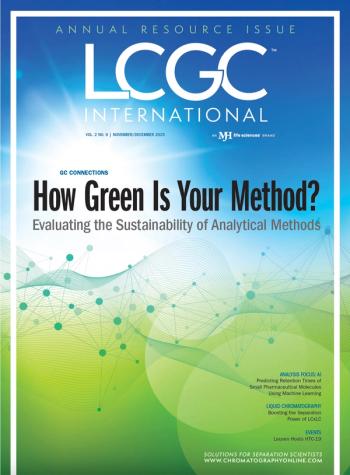
- The Column-06-22-2012
- Volume 8
- Issue 11
Frog legs
Frog legs are a well known delicacy of both French and Cantonese cuisine.
Frog legs are a well known delicacy of both French and Cantonese cuisine. However, the farming of frog legs is not tightly controlled and residues of veterinary drugs above the acceptable level have been found in imports. A team of scientists from the USA has therefore developed a liquid chromatography quadrupole time‑of‑flight (Q-TOF) mass spectrometry method to analyse the drug residues found in frog legs.1
First, several veterinary drugs were selected as target compounds to validate the method, including trimethoprim, sulfamethoxazole, chloramphenicol, quinolones and FQs. Tissue was extracted from the store-bought samples with dilute acetic acid and acetonitrile with added sodium chloride and then centrifuged. The extracts were then evaporated and reconstituted in mobile phase. The team evaluated the data collected by comparing the accurate mass and retention times of compounds to a database containing information for veterinary drugs. They found that the target compounds were consistently at higher than acceptable levels and they were able to estimate the amount of residue present. This method was then used to analyse imported frog legs and many of the residues were found in the samples, often in combination and at high concentrations (> 10 ng/g).
The team concluded that this was a good method that provided excellent sensitivity when compared with alternative MS procedures.
1. Justin R. Carr et al., Journal of Agricultural and Food Chemistry, 60(18), 4430–4439 (2012).
Articles in this issue
over 13 years ago
Ancient warfareover 13 years ago
Meeting Review: analytica 2012over 13 years ago
Beetle infestationover 13 years ago
Soybean propertiesover 13 years ago
Reference Materials - Why Quality Mattersover 13 years ago
The Ballooning Cost of Helium...Newsletter
Join the global community of analytical scientists who trust LCGC for insights on the latest techniques, trends, and expert solutions in chromatography.



